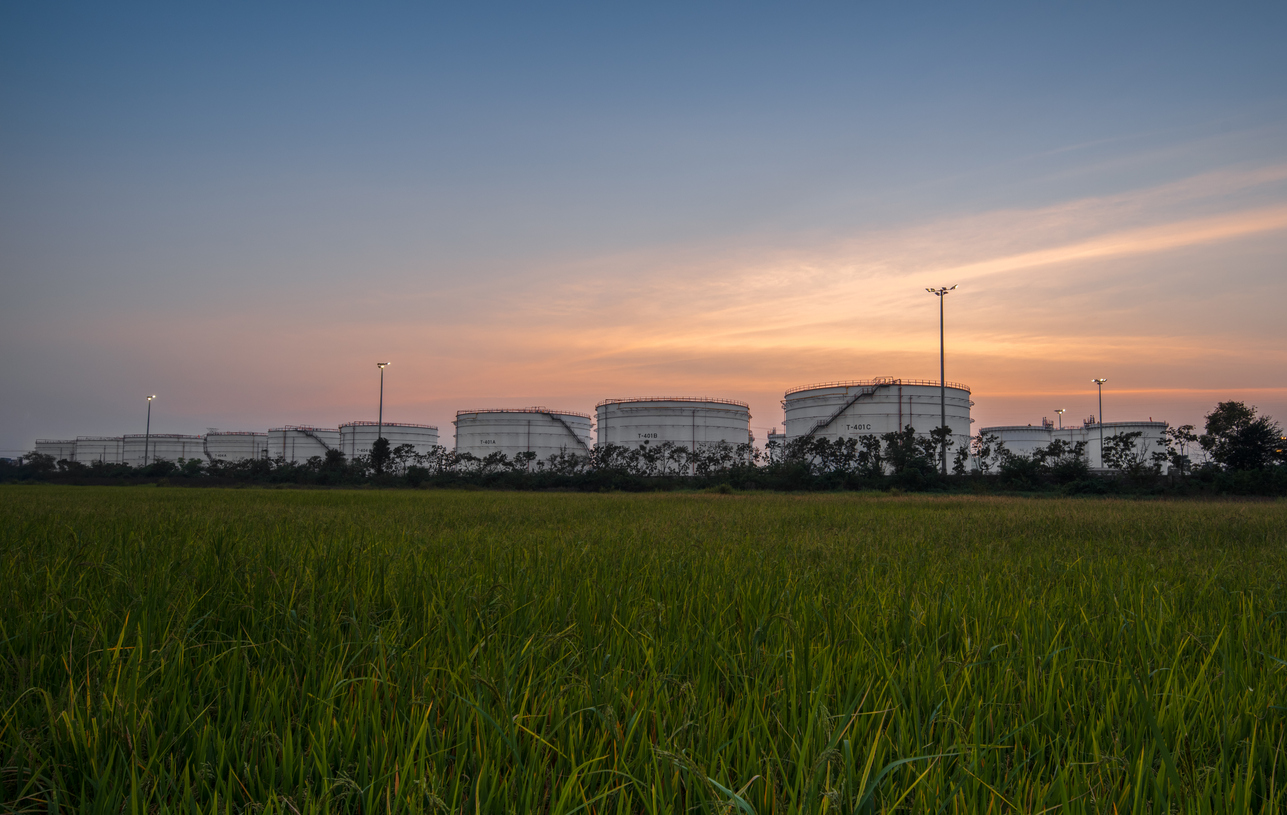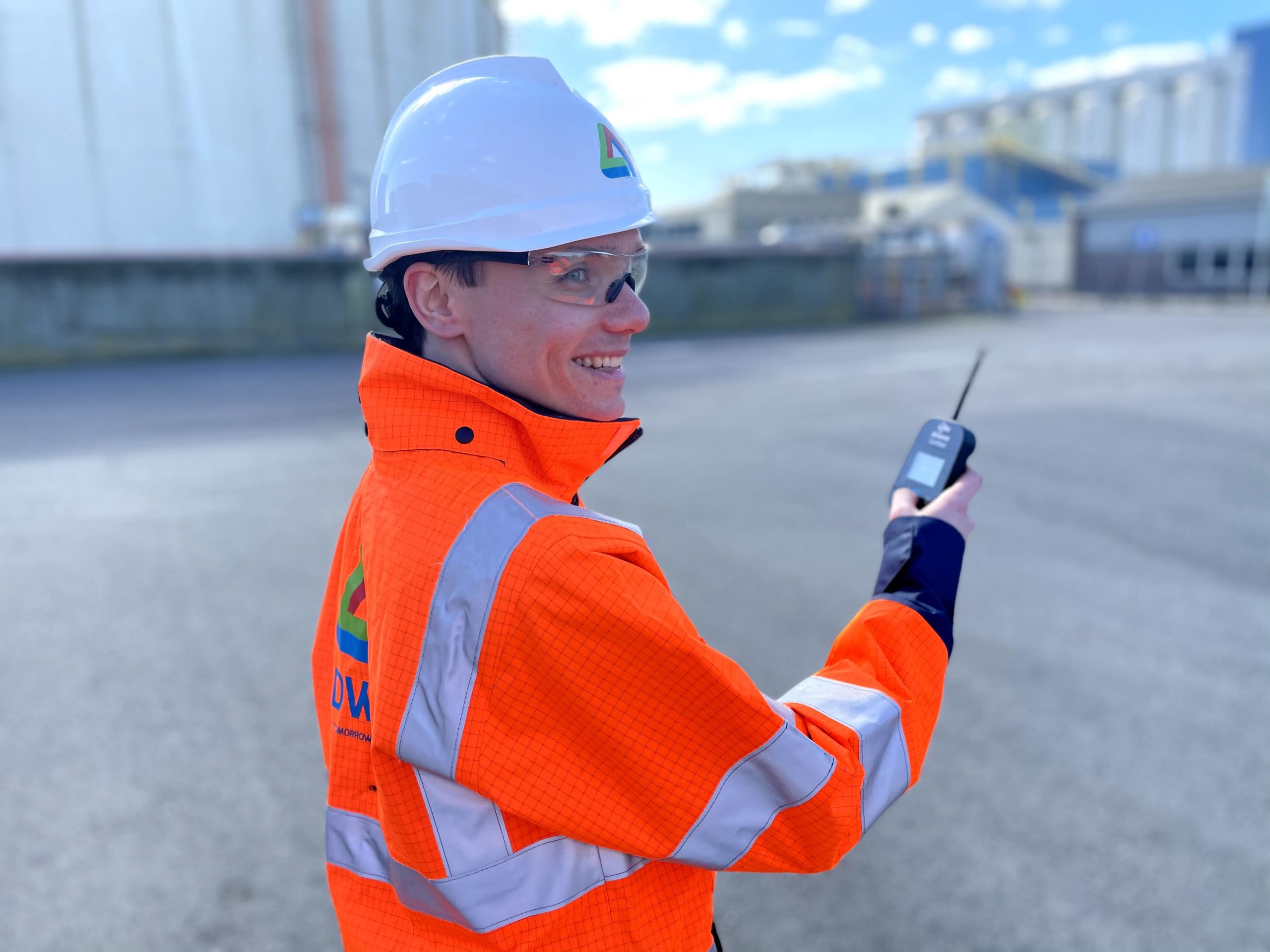To this day, fossil fuel prices are soaring. In addition, we also have a global climate challenge. In the case of a storage and transhipment tank terminal, there are issues related to saving energy and using energy more consciously.
One of our customers from the storage and transhipment tank terminal market has shared a question with us about realizing energy savings when heating and keeping tanks warm. We (DWG) immediately got to work with this question.
Read in this blog how our expertise Process Engineering and the driving force behind our innovation platform work to make a detailing step from a theoretical approach as an ingredient for a practical approach. This is done by physically measuring essential aspects. As a result, assumptions from the theoretical model are substantiated. Because like us, but just like many say: ‘assumptions are the mother of all F* ups’ or like the Dutch say: ‘measuring is knowing’.
How did we proceed?
Research is needed to gain a clear insight into the use of energy to heat and keep tanks warm. Our Process engineer Rogier Quak has viewed this from a theoretical framework. Various theories and models have been used to calculate the overall consumption costs. The aim is to generate an overview of whether and where there are opportunities to save energy and costs. Conclusion, there are!
Data from generic parameters such as: processing temperatures, insulation values and volumes are used as input in combination with the theoretical models. This allows us to work towards an ‘approach’ to determine what the energy consumption should be. In general, this will give a good picture. Only, in order to be able to propose targeted measures, a follow-up step is needed.
The value for our customer is the use of energy and cost-saving actions. We already foresee that the measures per tank and product group may differ greatly. To get to this point, it is essential in the next step to collect data per tank and product group. This forms well-founded input for processing in the theoretical models.
Immerse yourself in the customer journey
We are happy to take you on a ‘journey’ to tell you more about our approach. Imagine, a ship arrives at a terminal and it has to deliver products at a certain temperature… Then it is relevant to be able to measure the delivery temperature, so that it can be systematically mapped out whether there is a possible loss here. In other words, if the product temperature is too low, this means extra costs through the process of the terminal. But if this temperature is too high, this in turn leads to unnecessary energy costs. Finding this “sweet spot” can therefore result in significant savings.

Next steps
Rogier Quak and Mark Franken have the plan to use ITS to map the temperature, flow, power and gas consumption. As we just said: by using this data as input for the theoretical models, targeted measures can be taken to immediately reduce energy costs at numerous points in the chain. This cost reduction is relevant for strengthening our customer’s sales model. And another nice additional advantage is that by lowering energy consumption we contribute to making our planet more sustainable.
In 2022, ITS will also be used in several areas of the operation to map out where the use of insulation and making better process agreements can lead to energy savings. But we don’t stop here, with the deployment of AI we can further optimize the models and include more external influences so that efficiency will increase even further. And last but not least, we may even get to where the residual heat will be reused.



